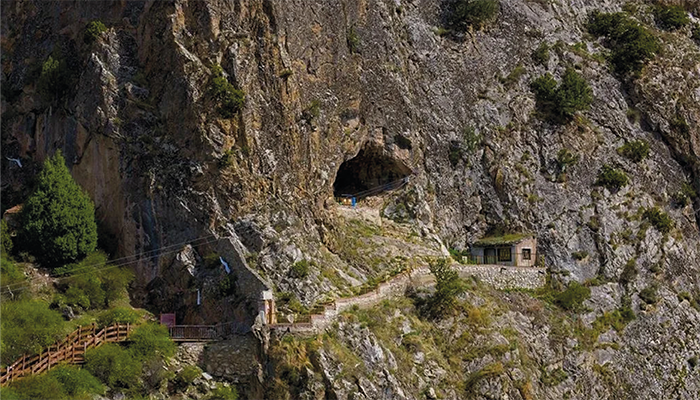
Denisovans hunted, butchered, and ate a range of animal species, and modified bones to produce tools, according to analysis of more than 2,500 bones from the Baishiya Karst Cave on the Tibetan Plateau – one of the main Denisovan residencies, it is believed (1).
The Denisovans are an extinct species of archaic humans that lived at the same time and in the same places as Neanderthals and Homo Sapiens – with much mystery surrounding their activity and time of extinction.
The research team from China, Denmark, France, and the UK extracted collagen and mitochondrial DNA (mtDNA) from the samples to conduct zooarchaeological and proteomic analyses, employing a variety of analytical techniques – including zooarchaeology by mass spectrometry (ZooMS), LC-MS and MALDI-TOF MS.

The analysis also shed light on the Denisovians’ ability to survive at high altitudes and fluctuating climatic conditions – including the ice age – on the Tibetan plateau from around 200,000 to 40,000 years ago – by making full use of the animal resources available to them, such as removing meat and bone marrow from bones.
Primary author Huan Xia of Lanzhou University said in a press release: “Zooarchaeology by Mass Spectrometry (ZooMS) allows us to extract valuable information from often overlooked bone fragments, providing deeper insight into human activities.” Indeed, ZooMS was crucial to this study, because it enabled the team to identify a new Denisovan fossil. Radiocarbon dating characterized the rib bone as 48-32 thousand years old – meaning that this archaic human lived at the same time as modern humans and that Denisovans managed to survive two cold periods.
Geoff Smith, a zooarchaeologist at the University of Reading and co-author of the study, said: “We are only just beginning to understand the behavior of this extraordinary human species.”
Now the question is why and when did they go extinct…
Image Credit: Dongju Zhang’s group (Lanzhou University).
References
- H Xia et al., “Middle and Late Pleistocene Denisovan subsistence at Baishiya Karst Cave,” Nature, 632 (2024). DOI: doi.org/10.1038/s41586-024-07612-9




